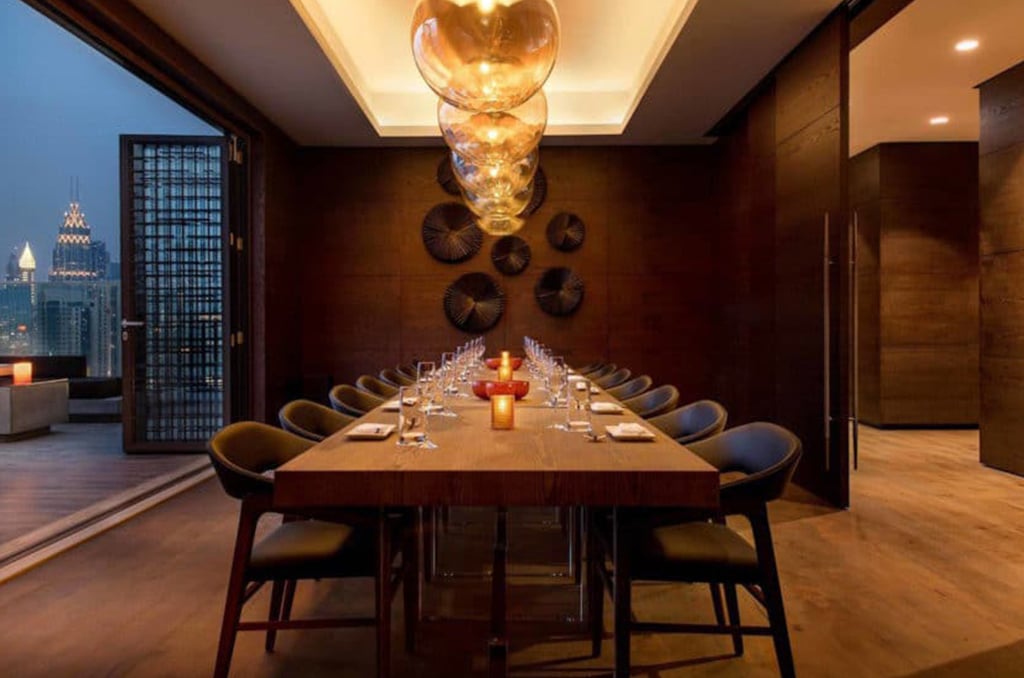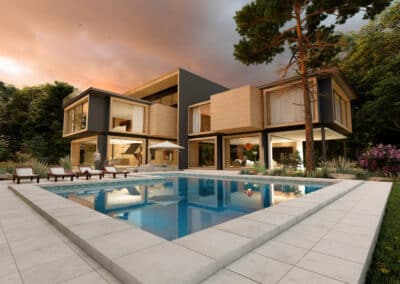
Architectural lighting refers to the design and placement of lighting fixtures in a space in order to achieve a particular aesthetic or functional goal. It can be used to highlight or accentuate specific features of a building or space, such as a piece of artwork or architectural detail, or to provide general illumination for activities such as reading or working. The goal of architectural lighting is to create a desired mood or atmosphere, as well as to improve visibility and safety. It is an important aspect of interior design and can have a significant impact on the look and feel of a space.
There are many different types of architectural lighting, including:
General lighting
Provides overall illumination for a space and is typically achieved through the use of overhead lighting such as chandeliers, pendant lights, or recessed fixtures.
Ambient lighting
Soft, diffuse lighting that creates a warm and welcoming atmosphere. This can be achieved through the use of wall sconces, table lamps, or floor lamps.
Accent lighting
Used to highlight specific features or areas of a space, such as artwork, plants, or architectural details. Accent lighting is often brighter than ambient lighting and is achieved through the use of track lighting, spotlights, or recessed fixtures.
Task lighting
Provides focused lighting for specific activities, such as reading, cooking, or working at a desk. This can be achieved through the use of desk lamps, pendant lights, or under-cabinet lighting.
Decorative lighting
Adds visual interest to a space and can be used to create a specific mood or atmosphere. Decorative lighting can include chandeliers, pendant lights, or string lights.
Architectural lighting is unique in that it is specifically designed to highlight the architectural features and design of a space. It is an important aspect of interior design and can greatly impact the look and feel of a room. In contrast to general lighting, which is focused on providing overall illumination, architectural lighting is more targeted and is used to create specific effects and moods.
One key aspect of architectural lighting is the use of layering, which involves combining different types of lighting to achieve a desired effect. For example, ambient lighting can be used to create a warm and inviting atmosphere, while accent lighting is used to highlight specific features of a room. Layering lighting allows for greater control over the look and feel of a space and can help to create a cohesive design.
In addition to its aesthetic role, architectural lighting is also important for functional purposes such as improving visibility and safety. It is carefully planned and designed to ensure that a space is properly lit for the activities that will be taking place there.
For all your Architectural Lighting enquiries, please contact us at info@neoalphaglobal.com
Visit our website Architectural Lighting Design Experts | neoalpha global










